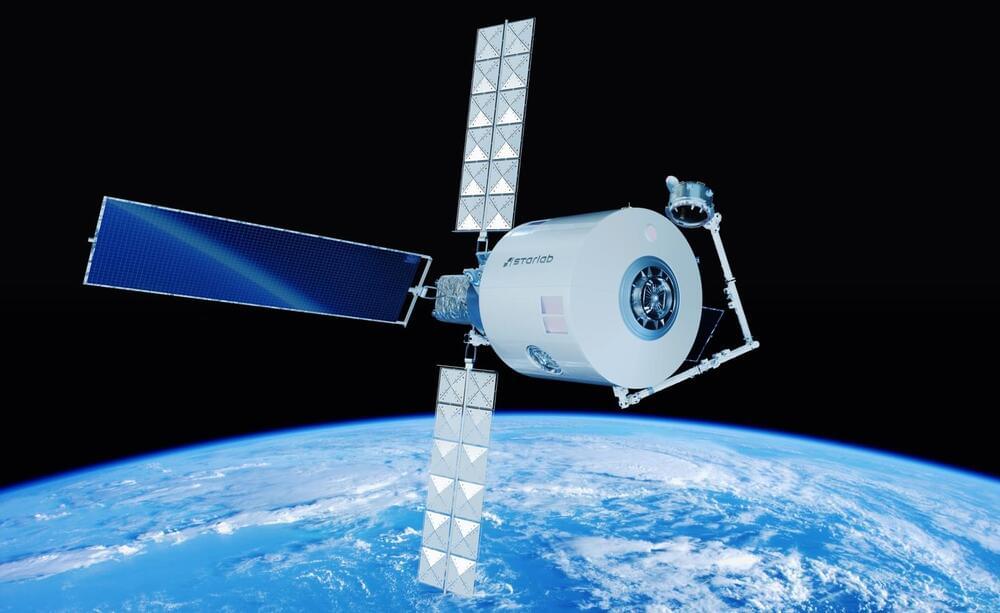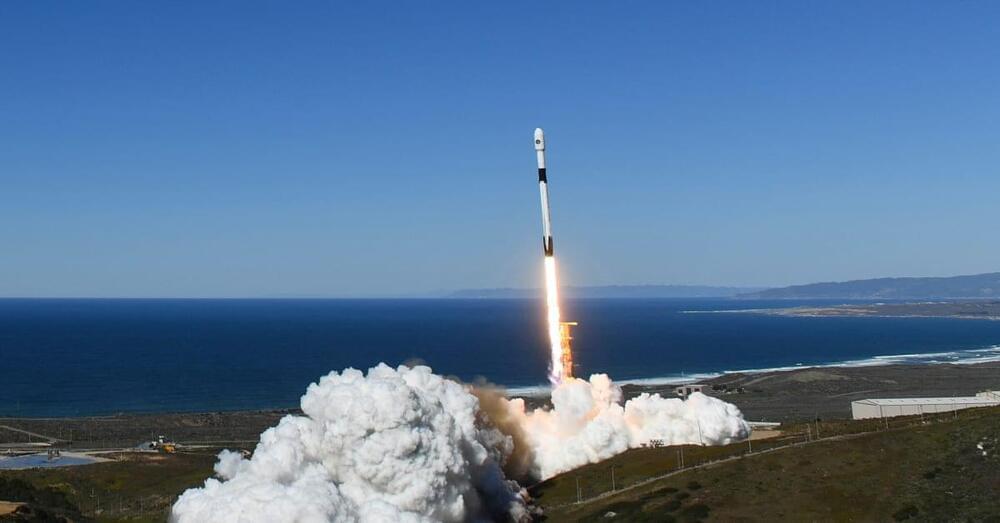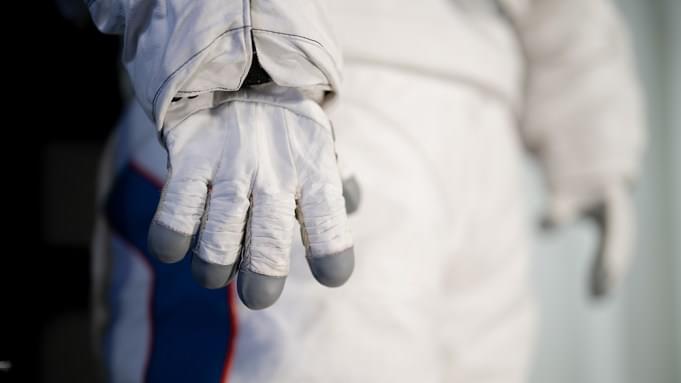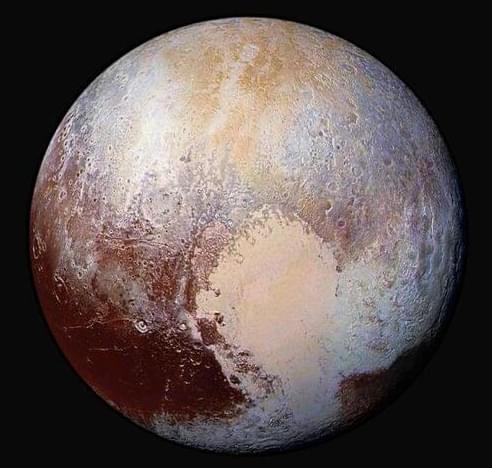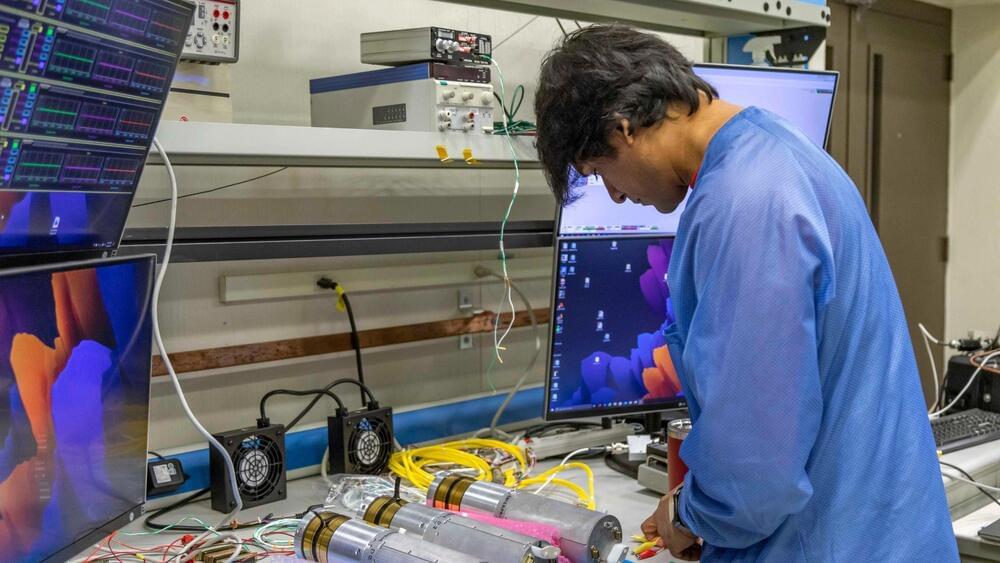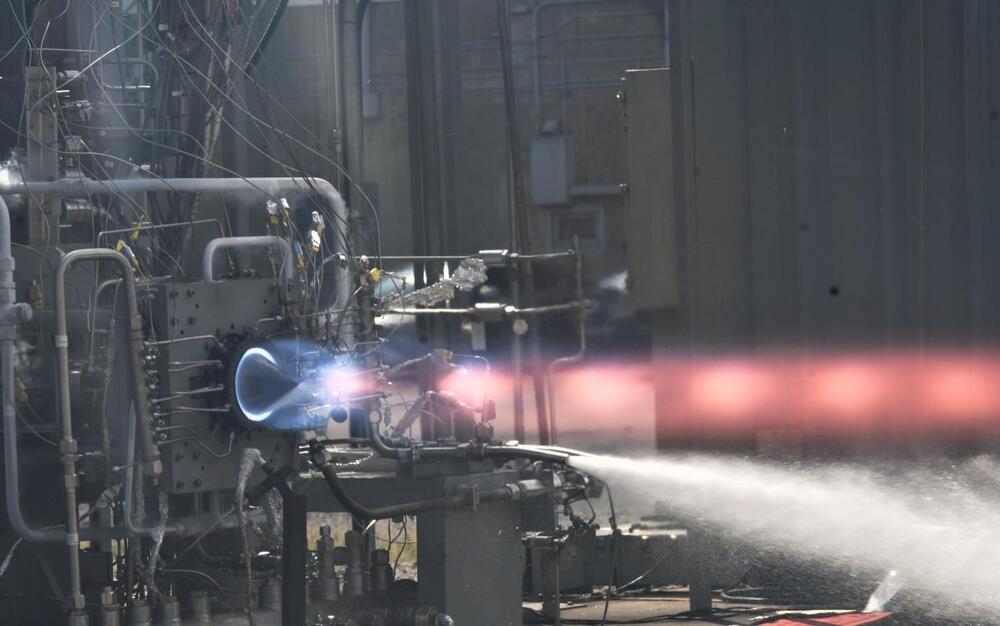NASA will begin a new RS-25 test series Oct. 5, the final round of certification testing ahead of production of an updated set of the engines for the SLS (Space Launch System) rocket. The engines will help power future Artemis missions to the Moon and beyond.
A series of 12 tests stretching into 2024 is scheduled to occur on the Fred Haise Test Stand at NASA’s Stennis Space Center near Bay St. Louis, Mississippi. The tests are a key step for lead SLS engines contractor Aerojet Rocketdyne, an L3Harris Technologies company, to produce engines that will help power the SLS rocket, beginning with Artemis V.
“NASA and our industry partners continue to make steady progress toward restarting production of the RS-25 engines for the first time since the space shuttle era as we prepare for our more ambitious missions to deep space under Artemis with the SLS rocket,” said Johnny Heflin, liquid engines manager for SLS at NASA’s Marshall Space Flight Center in Huntsville, Alabama. “The upcoming fall test series builds off previous hot fire testing already conducted at NASA Stennis to help certify a new design that will make this storied spaceflight engine even more powerful.”


